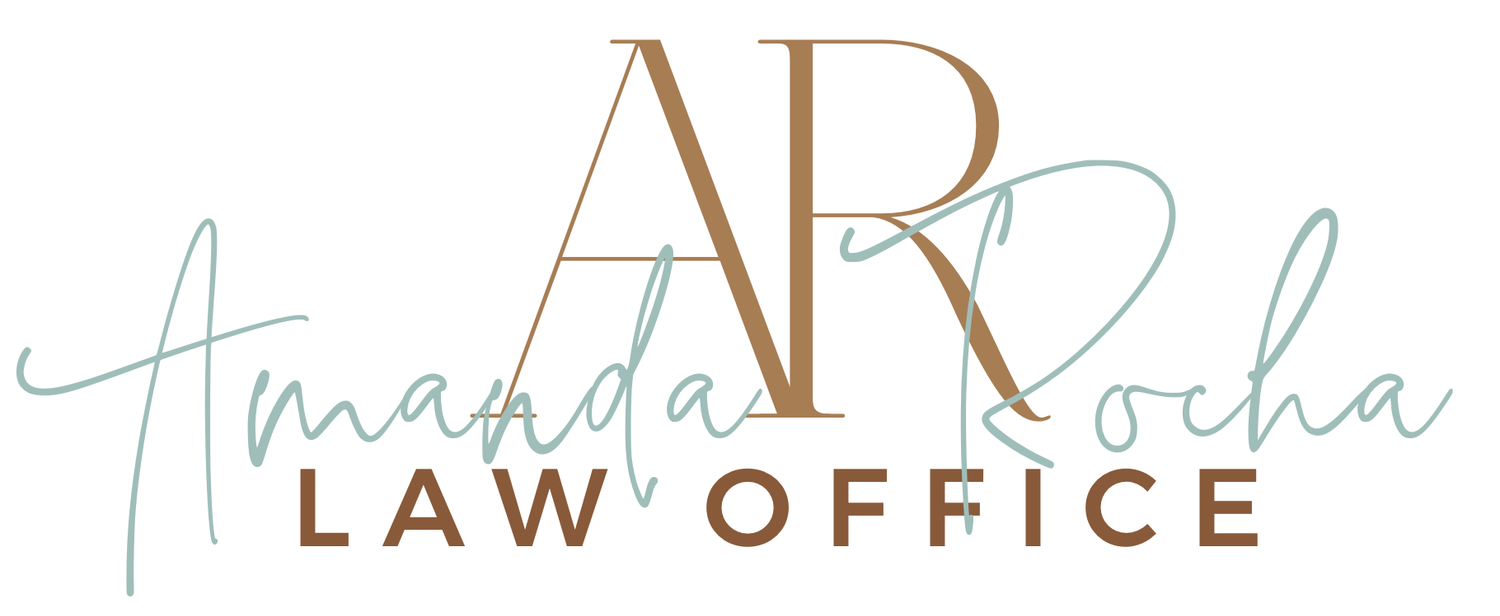Leaving Assets to Adult Children
There are many considerations to make when leaving assets to your adult children. One of the first steps is to determine how much each one should receive. Most parents want to treat their children fairly, but this doesn't necessarily mean they should receive equal shares of your estate. For example, it may be desirable to give more to a child who is a teacher than to one who has a successful business, or to “compensate” a child who has been a primary caregiver.
Some parents worry about leaving too much money to their children. They want their children to have enough to do whatever they wish, but not so much that they will be lazy and unproductive. So, instead of giving everything to their children, some parents leave inheritances for grandchildren and future generations through a trust, and/or make a generous charitable contribution.
Inheritance Planning: Options
When deciding how or when adult children are to receive their inheritances, consider these options:
Option 1: Give Some Now
Those who can afford to give their children or grandchildren some of their inheritance now will experience the joy of seeing the results. Money given now can help a child buy a house, start a business, be a stay-at-home parent, or send the grandchildren to college; milestones that may not have happened without this help. It also provides insight into how a child might handle a larger inheritance.
Be aware of gift tax limits! For 2021 that is $15,000 per recipient per year from each person, therefore a married couple may gift $30,000 per recipient per year. It is important to check the limit each year. To read about gift taxes, click here.
Option 2: Lump Sum
If your children are responsible adults, a lump sum distribution may be the right choice, especially if they are older and may not have many years left to enjoy the inheritance. However, once a beneficiary has possession of the assets, he or she could lose them to creditors, a lawsuit, or a divorce settlement. Even a current spouse would have access to assets that are placed in a joint account or if the recipient adds the spouse as a co-owner. For parents who are concerned that a son or daughter-in law could end up with their assets, or that a creditor could seize them, or that a child might spend irresponsibly, a lump sum distribution may not be the right choice.
Option 3: Installments
Many parents like to give their children more than one opportunity to invest or use the inheritance wisely, which doesn't always happen the first time around. Installments can be made at certain intervals (say, one-third upon the parent's death, one-third five years later, and the final third five years after that) or when the recipient reaches certain ages (say, age 25, age 30 and age 35). In any case, it is important to review the instructions from time to time and make changes as needed. For example, if the parent lives a very long time, the children might not live long enough to receive the full inheritance, or they may have passed the distribution ages and, by default, will receive the entire inheritance in a lump sum.
Keep in mind that furnishing assets out of a trust in installments can leave assets vulnerable to the problems mentioned above in the “lump sum” option. Assets can be lost in divorce, seized in lawsuits, or spent foolishly. Some parents are concerned lump sum or installment gifts will fuel an addiction.
Option 4: Keep Assets in a Trust
Assets can be kept in a trust and provide for children and grandchildren, but not actually be given to them. Assets that remain in a trust are protected from a beneficiary's creditors, lawsuits, irresponsible spending, and ex- and current spouses. The trust can provide for a special needs dependent, or a child who might become incapacitated later, without jeopardizing valuable government benefits. If a child needs some incentive to earn a living, the trust can match the income he/she earns. (Be sure to allow for the possibility that this child might become unable to work or retires.) If a child is financially secure, assets can be kept in a trust for grandchildren and future generations, yet still provide a safety net should this child's financial situation change. This is the preferred method of inheritance planning as it’s a win/win for all. Assets are protected yet available.
What’s Best for You?
Contact me for a free consultation to discuss your particular situation and to come up with the best plan for you and your family.
